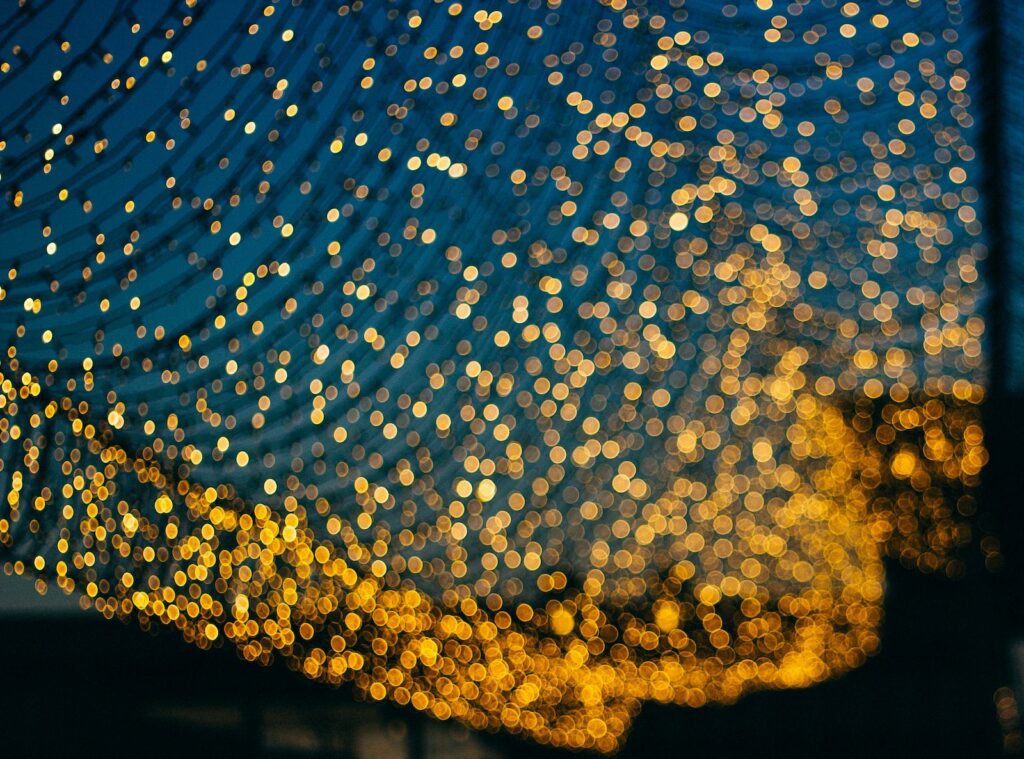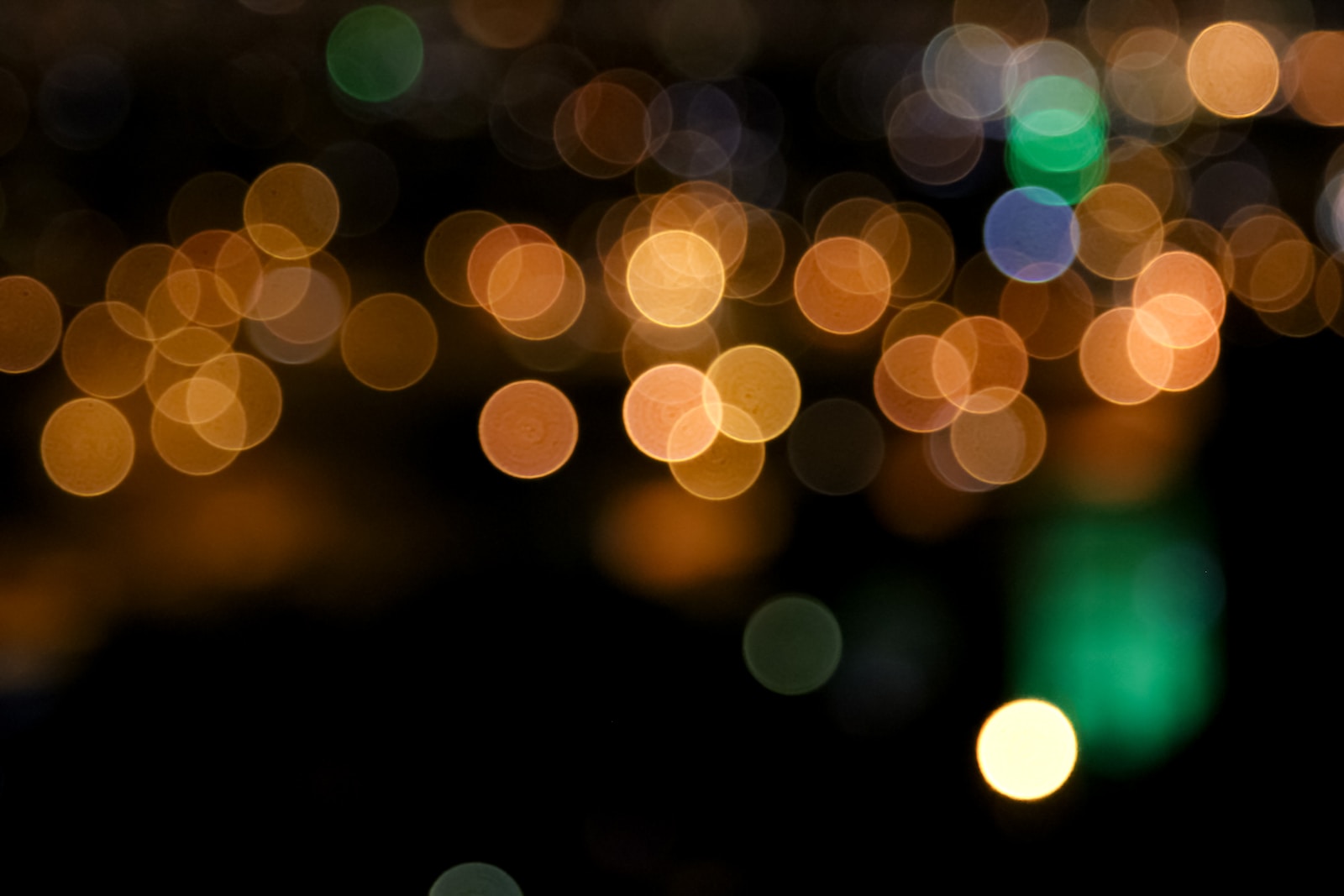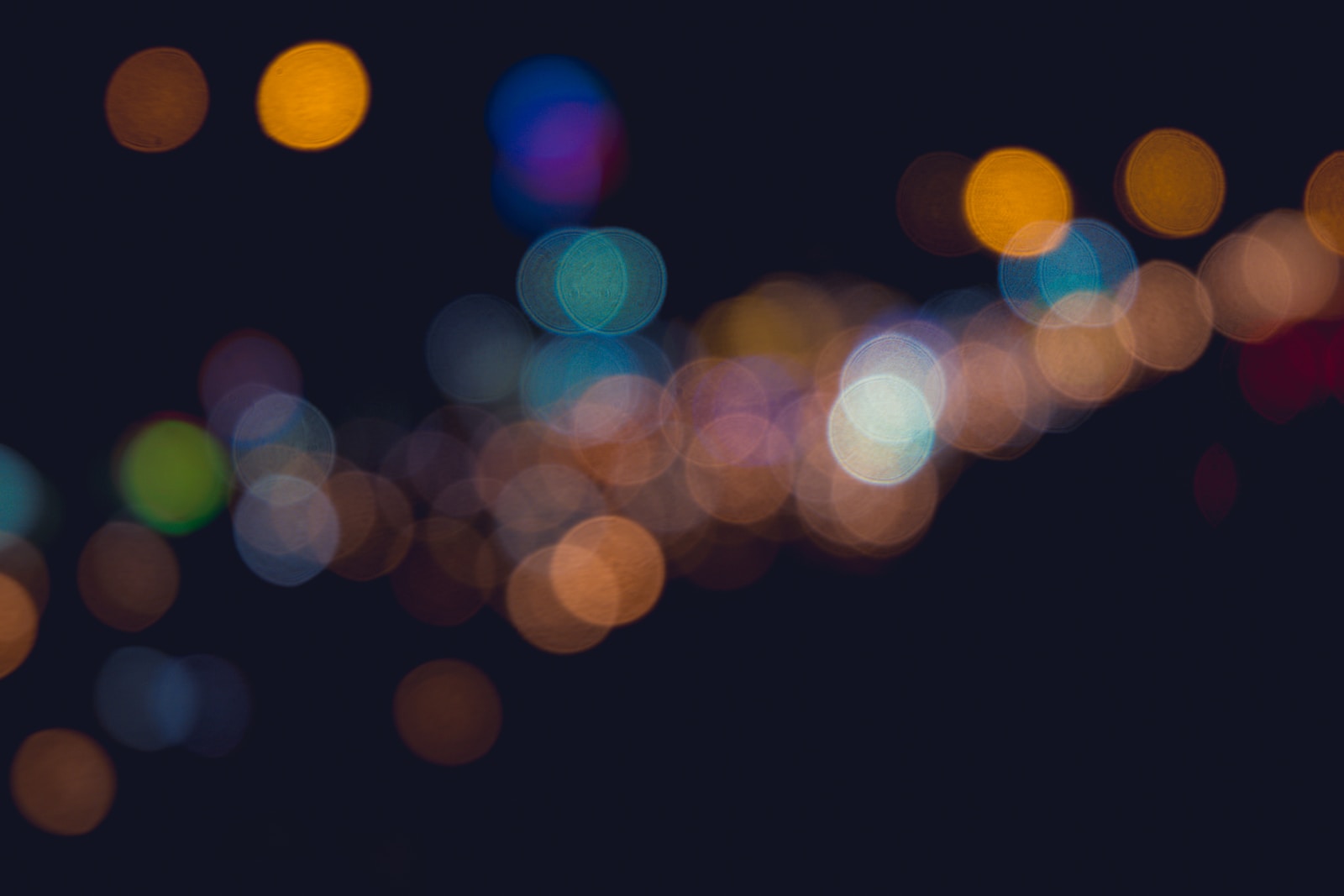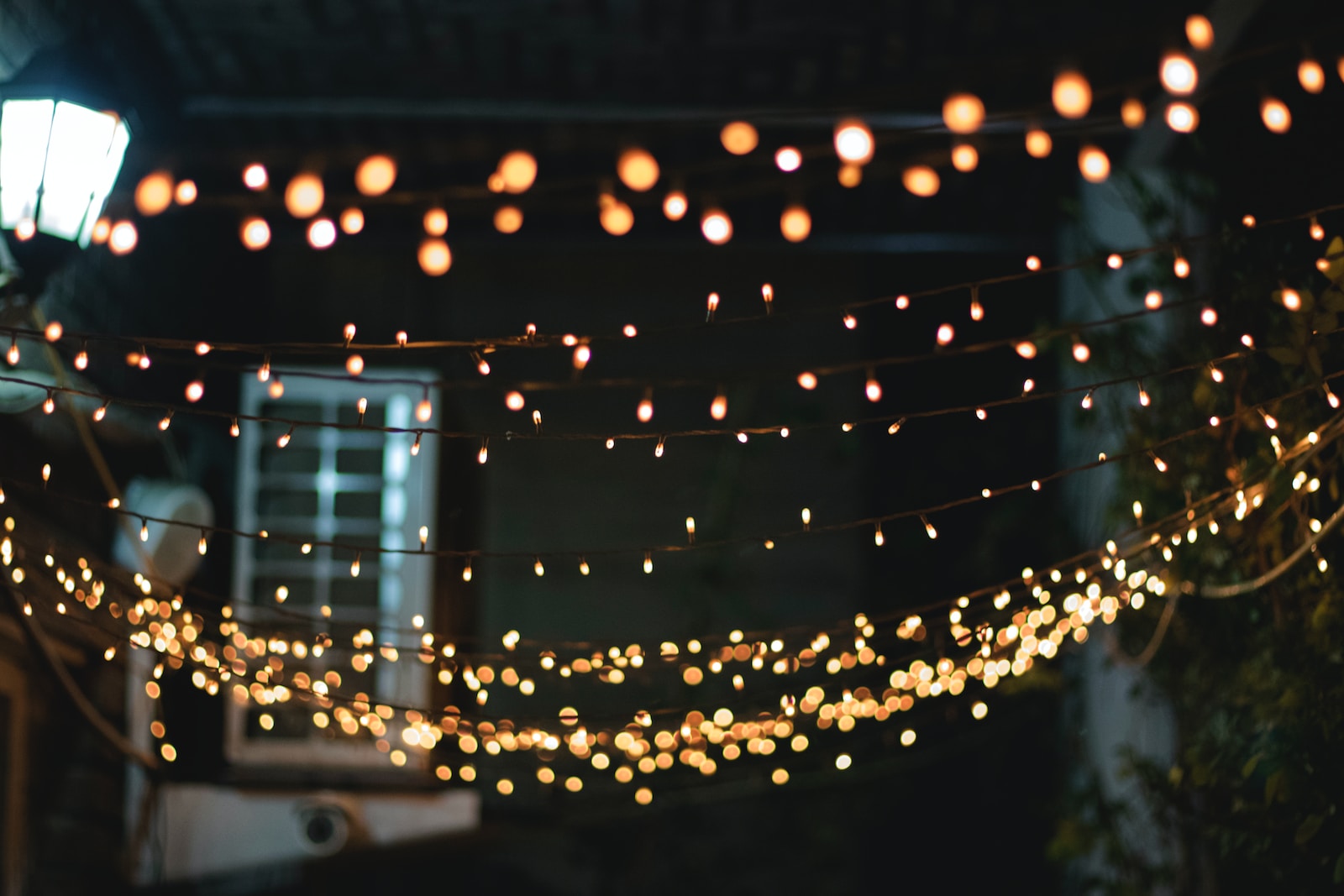Welcome to Out of Focus: Capturing the Beauty of Bokeh! If you’re a photography enthusiast, you’re in for a treat. Join us on a journey to explore the mesmerizing world of bokeh effects. Discover the techniques and camera settings needed to create stunning images that ooze artistic flair. From blurring backgrounds to mastering focus, we’ve got you covered. Get ready to elevate your photography skills and take your shots to a whole new level of aesthetic beauty. Let’s dive in!
Table of Contents
- The Beauty of Bokeh: An Artistic Approach to Photography
- Choosing the Right Camera and Equipment for Capturing Bokeh
- The Best Time for Capturing Bokeh
- Frequently Asked Questions
- What is bokeh and why is it important in photography?
- What factors contribute to creating good bokeh?
- Which camera lenses are best for capturing bokeh?
- Can I create bokeh with a smartphone camera?
- Are there any post-processing techniques to enhance bokeh?
- What are some composition techniques to complement bokeh?
- Where can I find inspiration for bokeh photography?
- What camera techniques can I practice to improve my bokeh photography?
- Wrap Up
The Beauty of Bokeh: An Artistic Approach to Photography
When it comes to photography, capturing the essence of a subject is the ultimate goal. One technique that can add an artistic touch to your images is bokeh. By intentionally blurring the background, you can create a stunning contrast that draws attention to the main subject, resulting in a visually appealing photograph. In this blog post, we will explore the art of creating beautiful bokeh effects and how to incorporate them into your photography.
Subject Selection: Finding the Perfect Bokeh-worthy Elements
The first step in capturing stunning bokeh is choosing the right subject. Look for subjects with a lot of detail and texture, such as flowers, city lights, or even water droplets. These elements will provide interesting points of focus, while the bokeh serves as a dreamy backdrop. Experiment with different angles and compositions to find the most captivating shots.
For example, if you are photographing flowers, consider getting up close and personal to capture the intricate details of the petals. Position yourself in a way that ensures the background will be sufficiently blurred, allowing the bokeh to shine through.
Techniques for Creating Bokeh: Mastering the Blur
Now that you have selected a subject, it’s time to explore different techniques to achieve the desired bokeh effect. Here are a few methods that can make your photographs truly stand out:
- Wide Aperture: One of the most effective ways to create bokeh is by using a wide aperture. Set your camera to aperture priority mode (A or Av) and choose the lowest f-stop number your lens allows. This will result in a shallow depth of field and a pleasantly blurred background.
- Foreground Elements: Including foreground elements in your composition can add depth and interest to your bokeh. Consider placing objects, like leaves or branches, in the foreground to create a sense of dimension. This will enhance the overall visual impact of your image.
- Bokeh Shapes: Get creative with bokeh by experimenting with different shapes. Some lenses have unique aperture blades that can create bokeh in shapes like hearts or stars. Alternatively, you can create DIY bokeh shapes by cutting out cardboard or using a lens filter.
- Lighting: Proper lighting plays a crucial role in achieving captivating bokeh. Look for scenes with bright, out-of-focus light sources, such as street lights or candles. These lights will turn into beautiful orbs of bokeh when the background is blurred.
Remember, the key to any successful photograph lies in practice and experimentation. Don’t be afraid to try new techniques and push the boundaries of your creativity. With each shot, you will grow as a photographer and discover new ways to capture the beauty of bokeh.
So, grab your camera, choose a captivating subject, and let your bokeh images mesmerize your audience. The art of bokeh photography awaits you!
Did you know that the word "bokeh" comes from the Japanese language and translates to "blur" or "haze"? It refers to the aesthetic quality of the out-of-focus parts in an image, creating a visually pleasing background that enhances the main subject.
Choosing the Right Camera and Equipment for Capturing Bokeh
When it comes to capturing the mesmerizing beauty of bokeh, having the right camera and equipment is crucial. Whether you are a professional photographer or an enthusiast, selecting the suitable gear can make a significant difference in the quality of your images. In this section, we will explore the main aspects to consider when choosing a camera, lenses, and other equipment to capture stunning bokeh effects.
The Ideal Camera for Bokeh Photography
When it comes to cameras, one option that many photographers prefer for capturing bokeh is a full-frame DSLR camera. These cameras typically feature larger image sensors, which allow for better control over depth of field and produce richer and more detail-oriented images. However, it’s important to note that bokeh can be achieved with cameras of various types and sizes.
For those on a budget or looking for more portable options, mirrorless cameras have become increasingly popular in recent years. These cameras often offer advanced features and interchangeable lenses, providing versatility and excellent image quality. Additionally, compact point-and-shoot cameras can still deliver impressive bokeh effects, especially when combined with suitable lenses.
The Power of Prime Lenses
When it comes to lenses, prime lenses are often the go-to choice for capturing bokeh. These lenses have a fixed focal length, which presents several advantages in bokeh photography. Firstly, prime lenses typically have larger maximum apertures, such as f/1.8 or wider, allowing for more light to enter the lens and creating shallow depth of field. This shallow depth of field enhances the bokeh effect by rendering the out-of-focus areas more softly and artistically.
Prime lenses also tend to have superior optical quality, resulting in sharper images and better overall performance. They offer photographers greater control and precision in composing their shots, making them an excellent option for capturing the intricate details and stunning bokeh of a subject.
However, it’s important to note that zoom lenses also have their advantages. They provide more flexibility in composition, allowing photographers to zoom in or out without changing their position. Although zoom lenses tend to have narrower maximum apertures compared to prime lenses, they can still produce beautiful bokeh effects, especially at longer focal lengths.
Ultimately, the choice between prime and zoom lenses depends on your specific photography style and preferences. Experimenting with different lenses will help you discover the unique bokeh effects you can achieve with each.

The Best Time for Capturing Bokeh
If you want to capture the beauty of bokeh in your images, understanding the best time of year to take photos is crucial. Different seasons offer unique opportunities to create stunning bokeh effects.
During the spring, when flowers bloom and nature comes alive, you can find a variety of vibrant and colorful subjects to photograph. Whether it’s cherry blossoms or wildflowers, the abundance of colors creates a picturesque backdrop for capturing beautiful bokeh. The soft, dreamy background created by bokeh adds depth and enhances the overall visual appeal of these images.
In the summer, the long days and golden hours provide ample opportunities for bokeh photography. The warm sunlight streaming through trees or reflecting on water can create mesmerizing bokeh patterns. When shooting during this season, it’s best to position yourself in locations with lush greenery or near water bodies to maximize the bokeh effect.
As autumn arrives, the changing colors of leaves and the falling foliage offer a captivating setting for bokeh photography. The combination of warm hues and the soft, out-of-focus background can result in truly breathtaking images. Look for locations with dense trees or meadows filled with colorful fallen leaves for an enchanting bokeh-filled shot.
In winter, although nature may seem desolate, the delicate icicles, snowflakes, and frost-covered landscapes can create a magical atmosphere. When shooting during this season, a prime vantage point is near Christmas lights or busy city streets decorated for the holidays. The bokeh created by the festive lights adds a touch of warmth and joy to your winter compositions.
Positioning Yourself for Perfect Bokeh
To achieve the best bokeh in your photographs, it’s essential to consider your position in relation to your subject and the background.
One option is to shoot with a wide aperture, such as f/2.8 or lower, to create a shallow depth of field. By doing so, you can blur the background and make the bokeh more pronounced. This technique works well in situations where the subject is close to the camera, allowing the background to fade into a pleasingly blurred backdrop.
An alternative approach is to position yourself in a way that includes sparkling lights or reflective surfaces in the frame. This can be a bustling city street with vibrant signage or a peaceful pond with gentle ripples. These elements add visual interest and provide opportunities for the bokeh effect to shine.
Another option is to incorporate foreground elements into your composition. This technique adds depth to the image and can create a more immersive experience for the viewer. By placing objects, such as branches or flowers, in the foreground, you can create a sense of depth, with the bokeh forming a soft, ethereal background behind the main subject.
Ultimately, the best vantage point and positioning for capturing bokeh will depend on the specific scene and desired effect. Experimentation is key, so don’t be afraid to try different angles, distances, and compositions to create unique and mesmerizing bokeh images.
One useful tip for creating beautiful bokeh is to use a lens with a wide aperture, such as f/1.8 or lower. This allows for a shallow depth of field, resulting in a blurred background that enhances the bokeh effect. Experiment with different apertures to achieve the desired level of blur and highlight the subject of your photo.
Frequently Asked Questions
What is bokeh and why is it important in photography?
Bokeh refers to the aesthetically pleasing out-of-focus areas in a photograph. It adds depth and visual interest to the image, drawing attention to the subject. Bokeh is an essential technique for creating stunning and captivating photographs.
What factors contribute to creating good bokeh?
Several factors contribute to creating good bokeh, including lens selection, aperture setting, and the distance between the subject and the background. Using a lens with a wide maximum aperture and keeping the subject closer to the camera while having a distant background can help achieve a smooth and creamy bokeh effect.
Which camera lenses are best for capturing bokeh?
Prime lenses with wide apertures, such as f/1.8 or wider, are ideal for capturing bokeh. These lenses allow more light to enter the camera, resulting in a shallow depth of field and a more pronounced bokeh effect. Examples of such lenses include 50mm f/1.8, 85mm f/1.4, or even macro lenses.
Can I create bokeh with a smartphone camera?
While smartphones have limitations when it comes to creating bokeh, some newer models have a Portrait mode or Dual Camera setup that can simulate a bokeh effect. By utilizing these features and adjusting the distance between the subject and the background, you can achieve a pleasing bokeh-like effect in smartphone photography.
Are there any post-processing techniques to enhance bokeh?
Absolutely! You can enhance the existing bokeh or add bokeh effects during post-processing. Using editing software like Adobe Photoshop or Lightroom, you can increase the contrast, clarity, and brightness of the blurry areas to make the bokeh more pronounced. Additionally, you can also add artificial bokeh overlays or bokeh brushes to your images.
What are some composition techniques to complement bokeh?
To complement bokeh, you can experiment with compositions that incorporate foreground elements. This can include using leaves, branches, or other objects closer to the camera to add depth and interest to the foreground. Additionally, using leading lines or framing techniques can help guide the viewer’s eyes towards the main subject enhanced by the bokeh effect.
Where can I find inspiration for bokeh photography?
You can find inspiration for bokeh photography in various places. You can explore social media platforms like Instagram, where many photographers share their bokeh-centric images using hashtags like #bokehlicious or #bokehlove. Additionally, you can also browse through photography websites, magazines, and online galleries to discover the work of influential bokeh photographers.
What camera techniques can I practice to improve my bokeh photography?
To improve your bokeh photography skills, you can start by experimenting with different apertures and focal lengths. Practicing selective focusing techniques, such as focusing on the subject’s eyes in portraits, can also help create compelling bokeh images. Additionally, trying out different lighting conditions and backgrounds can give you a better understanding of how to utilize bokeh effectively in various situations.
Wrap Up
Now that you know the techniques for capturing the beauty of bokeh, it’s time to grab your camera and start experimenting. Remember to choose a wide aperture, find a pleasing background, and focus on your subject. With practice, you’ll be able to create stunning bokeh effects that will add depth and artistry to your photography.
Have you tried capturing bokeh before? What are your favorite techniques? We’d love to hear from you, so leave a comment below and share your experiences and tips with the photography community. Happy shooting!


